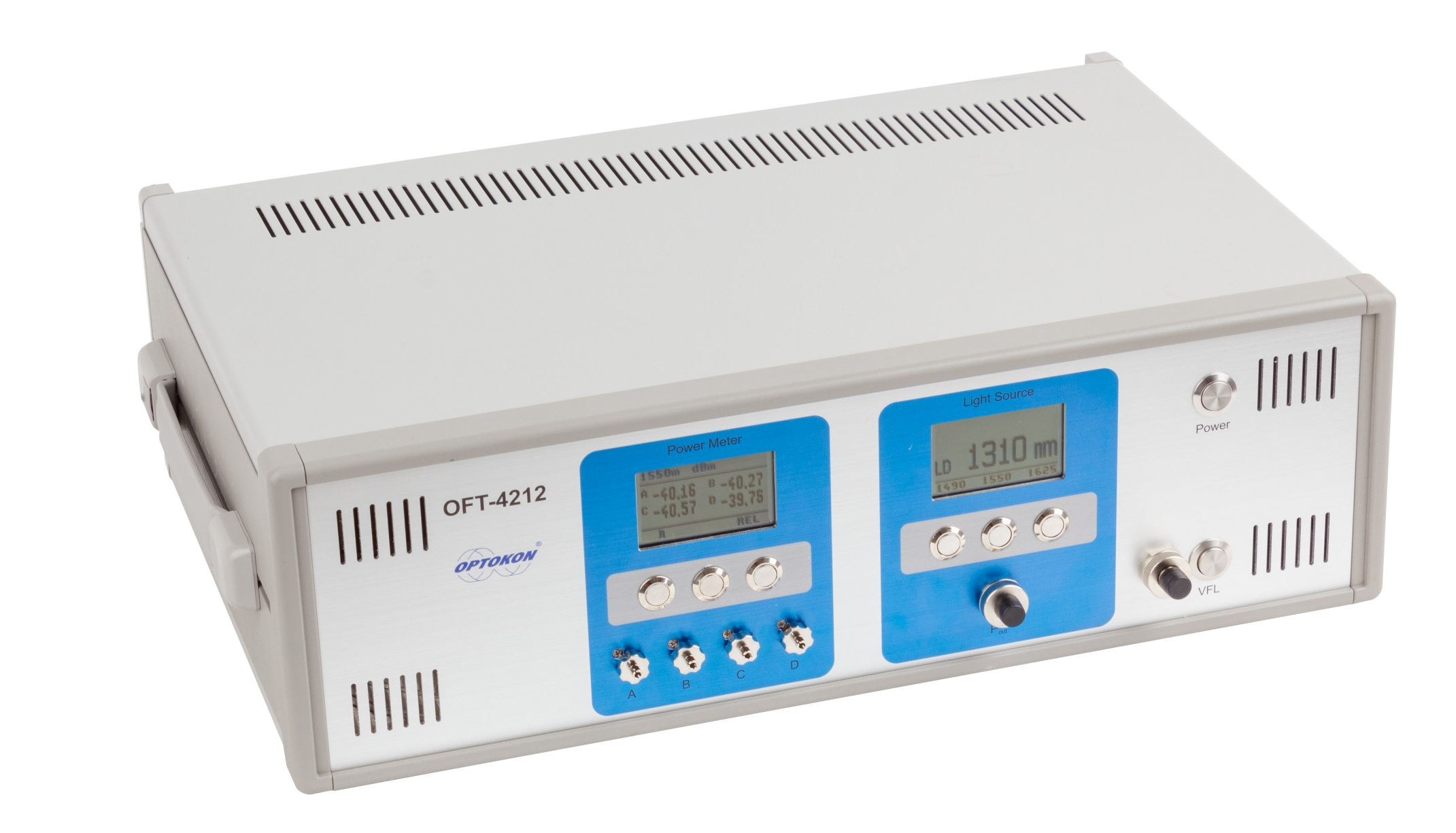All You Need to Learn About Robotic Vision and Its Applications in Advanced Optical Dimension Equipments
Robotic vision stands for a substantial improvement in the crossway of computer vision, expert system, and equipment understanding. This modern technology enhances the accuracy of optical dimension systems, allowing real-time data analysis and boosted quality assurance. Its impact spans multiple fields, from manufacturing to health care. Nevertheless, the progressing landscape of robotic vision questions about future capabilities and applications (optical measurement system). What developments lie ahead in this transformative area?
Recognizing Robotic Vision: Trick Concepts and Technologies
Robotic vision incorporates the modern technologies and techniques that make it possible for makers to translate and comprehend visual details from their atmosphere. This area integrates aspects of computer vision, man-made knowledge, and artificial intelligence to promote automated decision-making based on aesthetic information. Secret concepts include photo handling, which involves the enhancement and evaluation of pictures to draw out meaningful functions, and things recognition, which allows devices to identify and classify items within a scene.

The Assimilation of Robotic Vision With Optical Measurement Systems
As sectors significantly demand precision and effectiveness, the combination of robotic vision with optical measurement systems has become a transformative method. This synergy enables robots to view and translate their environments, enhancing the capacity of optical dimension systems to analyze and examine objects with unmatched accuracy. By equipping optical sensors with innovative imaging innovations, robotic vision makes it possible for real-time information collection and processing, assisting in instant changes to measurement parameters.
The combination encourages automated systems to spot variants in measurements, surface top quality, and alignment, which are critical in high quality control procedures. Enhanced formulas, such as artificial intelligence, further enhance this assimilation by improving the systems' capability to adjust to various environments and circumstances. As a result, the assimilation not only enhances measurement processes however also reduces mistakes, guaranteeing that items satisfy rigorous market criteria, consequently strengthening the role of robotic vision in the future of optical measurement systems.
Applications of Robotic Vision in Manufacturing
In modern production atmospheres, the usage of vision systems has actually revolutionized production processes by allowing machines to carry out jobs with exceptional precision and rate. Robotic vision systems are significantly utilized for quality assurance, where they inspect products for issues and guarantee adherence to specifications. These systems utilize video cameras and advanced formulas to assess products in real-time, substantially minimizing the threat of human mistake.
Furthermore, robot vision facilitates automation in production line, allowing robotics to accurately determine elements and construct them with marginal downtime. This technology likewise improves inventory management, as vision systems can keep track of stock levels and identify inconsistencies, guaranteeing a seamless supply chain.
Moreover, robotic vision help in the implementation of wise factories, where information from vision systems straight from the source can be incorporated with various other technologies to enhance operations. On the whole, the applications of robot vision in manufacturing show its important role in boosting efficiency, top quality, and efficiency across various industries
Robotic Vision in Health Care: Reinventing Person Care

In rehabilitation, robot vision help in keeping an eye on person progress and customizing therapy sessions to specific requirements. It supports physician by automating tasks such as data collection and go client surveillance, enabling even more time to focus on straight individual interaction. Furthermore, robot vision boosts telemedicine by enabling remote diagnosis and virtual appointments, connecting the void between patients and doctor. On the whole, the application of robotic vision in health care is revolutionizing client treatment, causing improved outcomes, efficiency, and person contentment.
Future Fads and Growths in Robotic Vision Modern Technology
The rapid advancement of robot vision innovation guarantees to further enhance its applications throughout various industries, consisting of medical care. Future patterns suggest a significant change towards including expert system and machine knowing, enabling systems to pick up from substantial datasets and boost precision gradually. Boosted sensor technologies and deep knowing formulas are expected to refine item recognition capabilities, allowing robotics to translate intricate environments a lot more effectively.

The integration of increased reality (AR) with robotic vision will likely reinvent exactly how robots check my source aid in medical treatments and diagnostics. This harmony will facilitate real-time information visualization, enhancing decision-making procedures. In addition, miniaturization of components will result in more compact and functional robotic vision systems suitable for a variety of tasks. As these developments unravel, industries will certainly witness increased automation and performance, solidifying robot vision as a cornerstone of ingenious technological remedies.
Regularly Asked Questions
What Are the Main Parts of a Robotic Vision System?
The major parts of a robotic vision system include cams for picture capture, processors for information analysis, algorithms for interpretation, and actuators for motion. Together, these components make it possible for robotics to view and connect with their environment effectively.
Just How Does Robotic Vision Improve Precision in Measurements?
Robotic vision enhances measurement precision by utilizing advanced imaging innovations, enabling accurate item detection and spatial analysis. This ability reduces human error, boosts repeatability, and enables real-time changes, eventually boosting overall measurement dependability and efficiency.
What Industries Benefit Many From Robotic Vision Modern Technology?
Different industries benefit significantly from robot vision technology, including manufacturing, healthcare, agriculture, and logistics. These industries make use of enhanced accuracy, efficiency, and automation, leading to boosted efficiency and minimized operational expenses in their corresponding procedures.
Can Robotic Vision Equipments Operate In Low-Light Conditions?
Robotic vision systems can without a doubt work in low-light problems, utilizing advanced sensors and algorithms to boost photo clearness. This capability allows them to execute successfully in numerous settings, consisting of industrial and security applications, despite having very little illumination.
What Are the Expenses Connected With Applying Robotic Vision?
The costs linked with carrying out robotic vision differ significantly, influenced by elements such as electronic cameras, software, and integration. Additional costs consist of maintenance, training personnel, and possible upgrades to existing systems, which can gather over time.